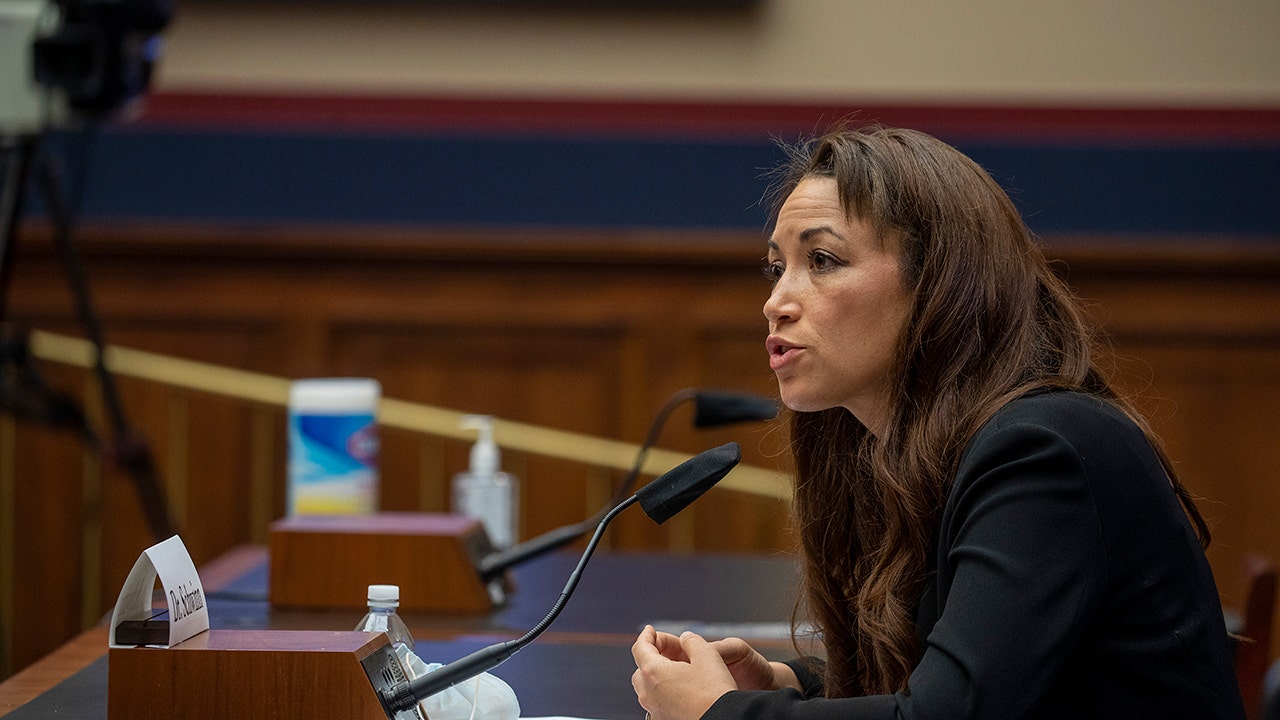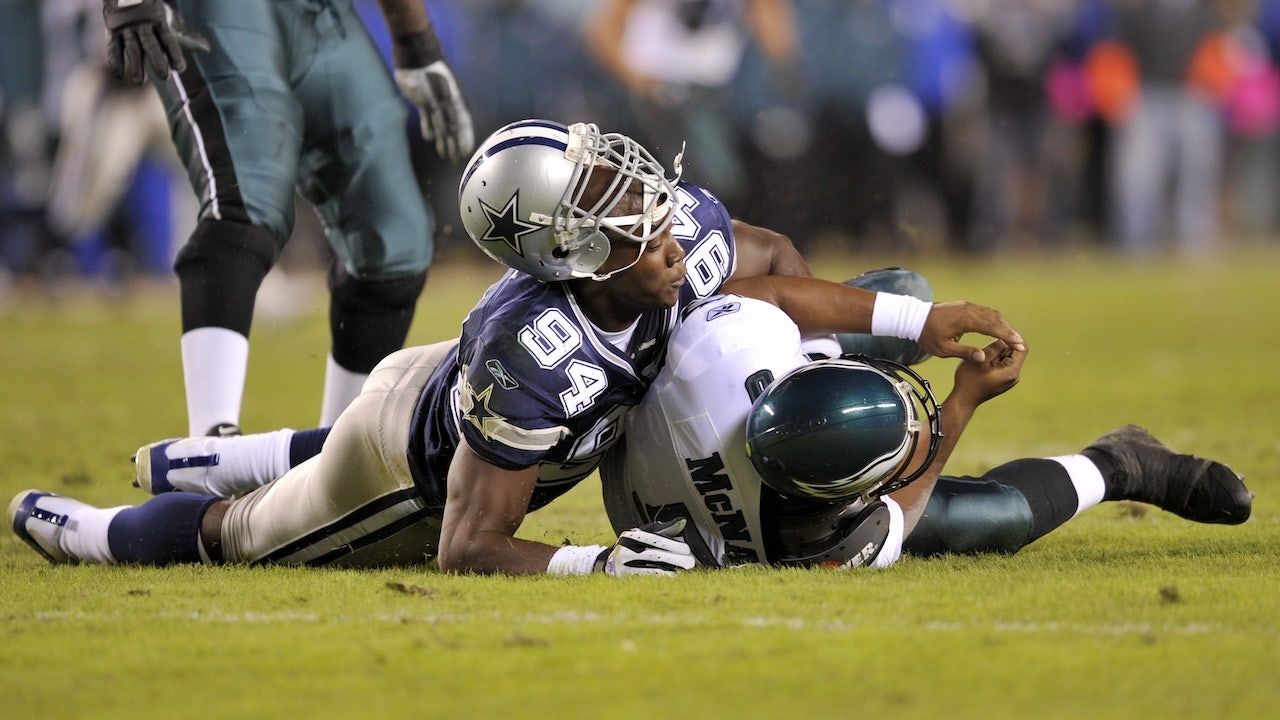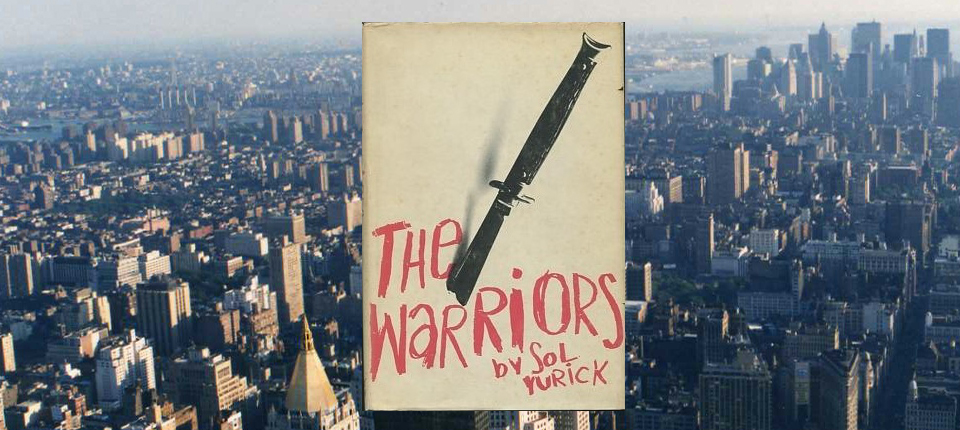
Gallup’s latest analysis reveals that more Americans now identify with the Republican Party than the Democratic Party.
This is the first time in recorded history by the Gallup Poll that Republicans have held a significant lead in party identification during the third quarter of a presidential election year.
According to a recent survey conducted in the third quarter (July-September), 48% of Americans either identify with or lean toward the Republican Party, compared to just 45% who identify with or lean toward the Democrat Party.

The survey indicates that Americans increasingly view the Republican Party as better equipped to tackle the nation’s most pressing concerns. From the economy to immigration, the GOP has a clear edge, with 46% of respondents favoring the party’s approach over the Democrats’ (41%).
Among the issues identified, the economy (24%), immigration (22%), and government (17%) are at the forefront of voters’ concerns— all areas in which Republicans hold the upper hand.
Notably, Gallup reports that this measure of party performance on critical issues has been highly predictive of election outcomes since 1948. With a Republican advantage in these domains, the upcoming presidential election may already be tilting in the GOP’s favor.

The poll also highlights an alarming dip in economic confidence, with a score of -28, indicating that a majority of Americans view the economy negatively. Only 22% describe current economic conditions as “excellent” or “good,” while a staggering 62% believe the economy is “getting worse.” Such perceptions may be driving voters toward the Republican Party, which is often seen as better equipped to handle economic challenges.
National satisfaction levels are equally concerning, with only 22% of Americans expressing contentment with the direction of the country.
According to Gallup:
Gallup’s Economic Confidence Index is currently at -28, indicating Americans’ attitudes about the economy are negative, on balance. The rating is derived from the 22% of Americans describing current economic conditions as “excellent” or “good” versus the 48% saying they are “poor,” and the 32% believing the economy is “getting better” versus the 62% saying it is “getting worse.”
In incumbent election years, a -28 economic confidence score would be closer to what it has typically been in losing (1992, 2008, 2016) rather than winning (1996, 2004, 2012) years for the president’s party. In 2020, Americans’ evaluations were essentially neutral when Donald Trump lost, though other incumbent presidents won when there were similar levels of economic confidence.

Joe Biden’s job approval rating stands at a dismal 39%, significantly below the 48% threshold that has historically favored incumbent presidents seeking reelection. This low approval rating, combined with a mere 22% of Americans satisfied with the direction of the country, suggests a turbulent political climate for the Democrats as they head into the election year.
Interestingly, the favorability ratings between the two parties are remarkably close, with 43% of Americans viewing the Republican Party favorably, compared to 42% for the Democratic Party.

This near parity, coupled with a growing preference for limited government intervention—where 55% of respondents believe that government should do less—aligns with traditional Republican principles and may enhance GOP prospects in the elections.
You can read more here.
The Gateway Pundit previously reported that new voter registration data across 30 key states shows a mass exodus of Democrats, with millions leaving the party since November 2020.
From November 2020 to July 2024, the Republican Party saw an increase of nearly 400,000 registered voters, while the Democratic Party suffered a devastating loss of over 3.5 million voters.
Meanwhile, independents surged by nearly 1.8 million, according to new data from Decision Desk HQ author and analyst Michael Pruse.
Voter Registration Changes (Nov 2020 to Jul 2024):
- Republicans: +393,365
- Democrats: -3,584,321
- Independents: +1,802,932
Read more:























































